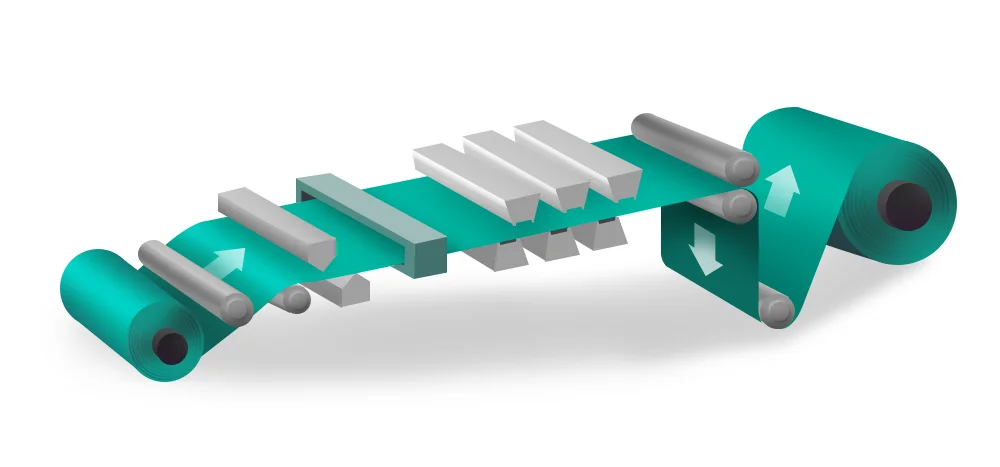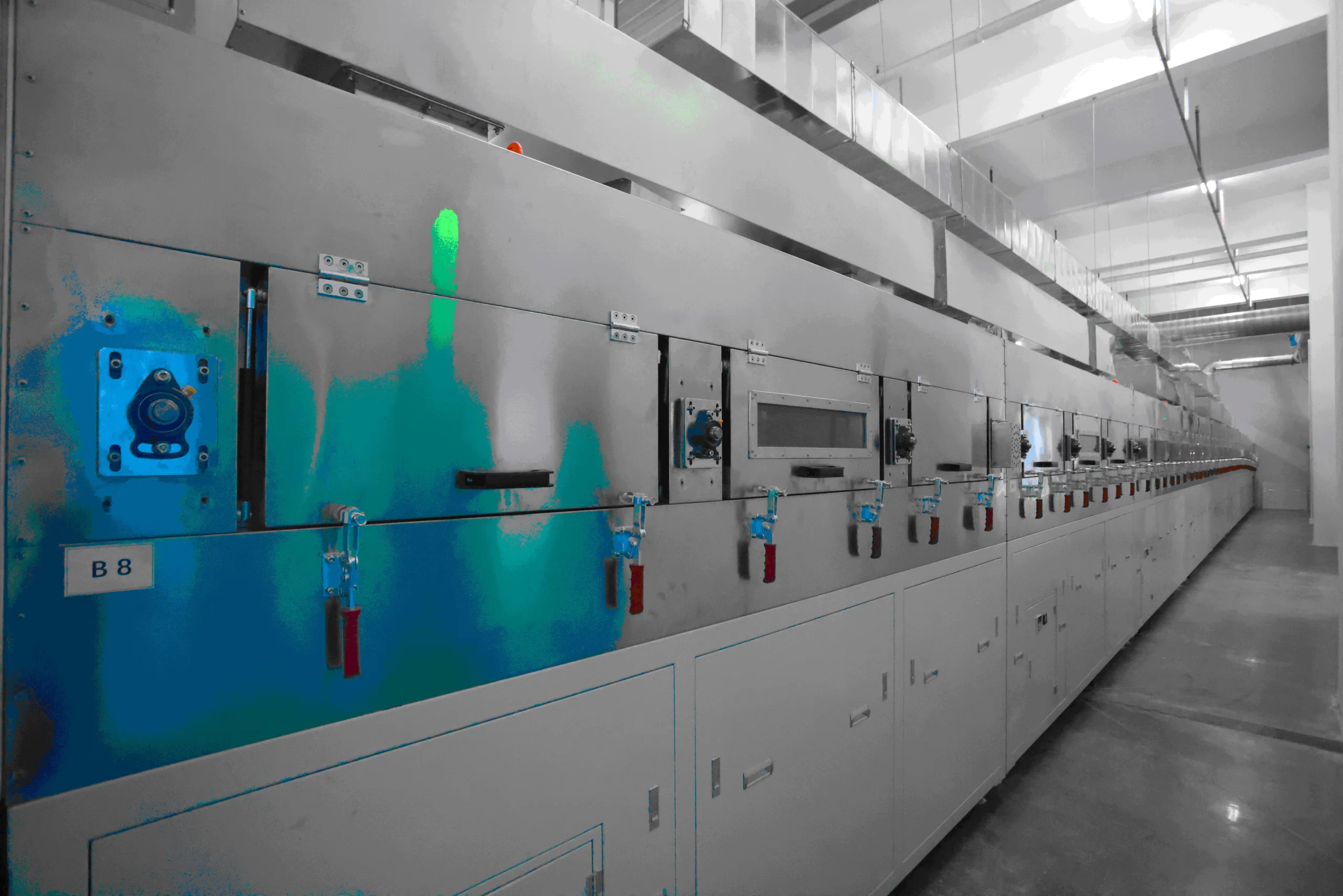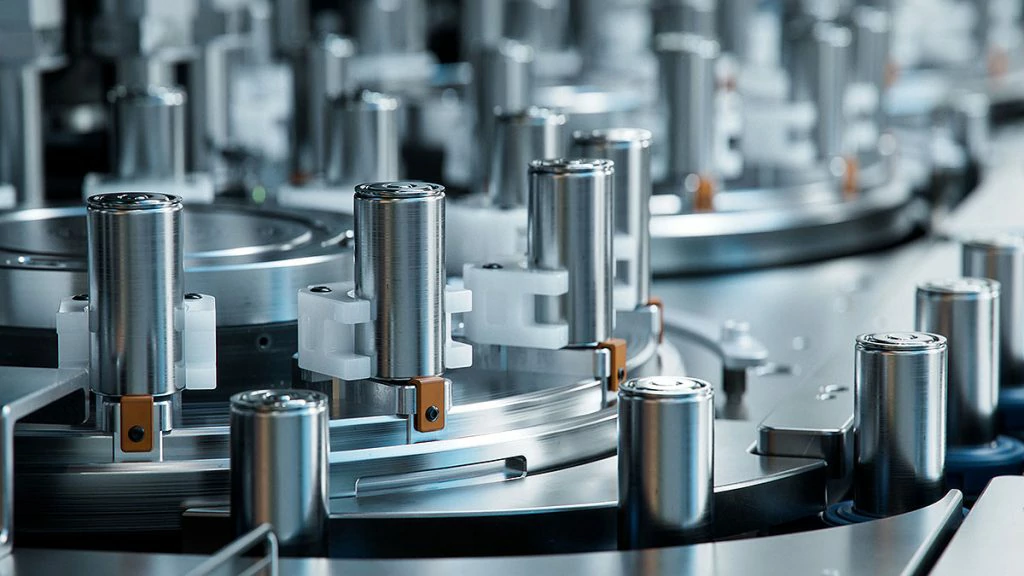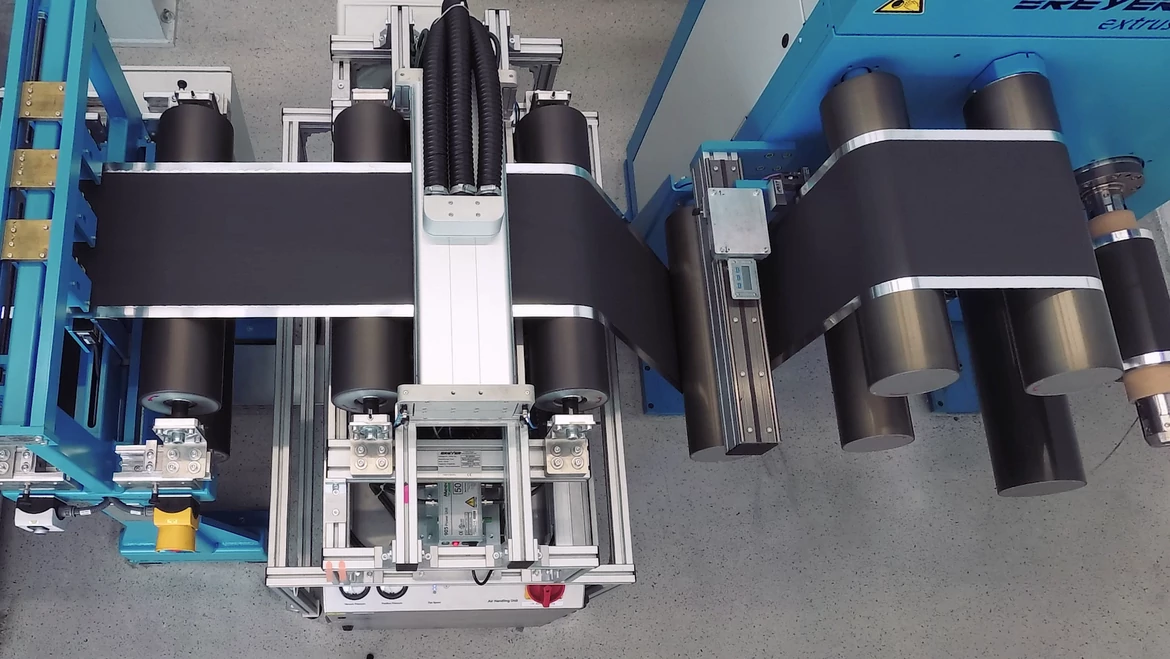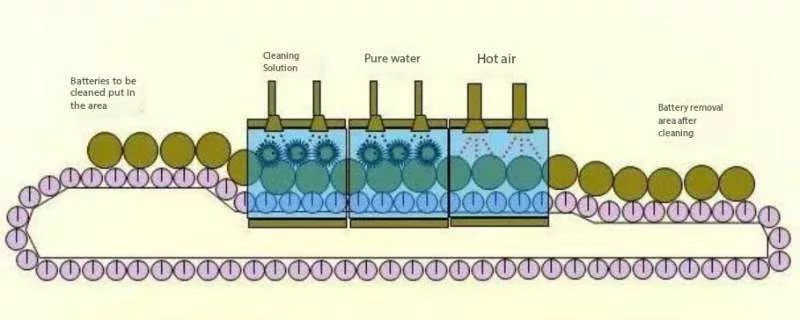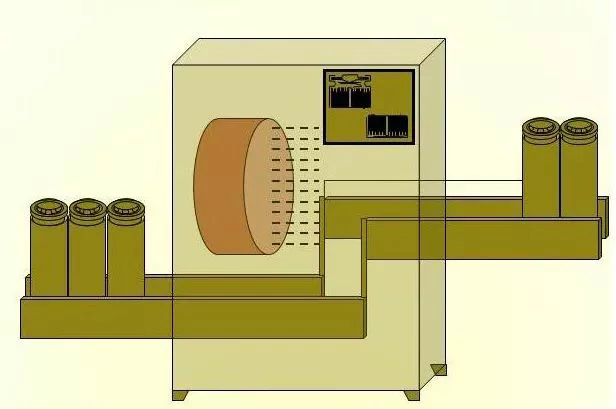LithiumIon Battery Coating Technologies
main content
Lithiumion battery coating technologies play a critical role in electrode manufacturing, directly impacting energy density, production speed, and product consistency. Three primary methods—transfer coating, slotdie extrusion, and dualside coating—dominate the industry, each tailored to specific materials and scales. This guide breaks down their mechanisms, strengths, and limitations to help manufacturers align technology with operational goals.
Transfer Coating: Affordable but Limited Precision
Transfer coating uses a rotating roller and a doctor blade to apply slurry onto substrates. While costeffective and easy to operate, this method works best with lowviscosity slurries (under 1,000 mPa·s) and delivers a thickness accuracy of around ±5 μm. Its opensystem design, however, exposes materials to airborne contaminants, making it less ideal for highpurity applications like EV batteries.
Primarily adopted in labs or smallbatch production, transfer coating suits experimental projects requiring rapid prototyping. For example, researchers testing novel electrode chemistries often favor its flexibility. Yet, its limited precision and environmental sensitivity restrict its use in largescale, highperformance battery manufacturing.
SlotDie Extrusion Coating: Precision for Industrial Scalability
In contrast to transfer coating, slotdie extrusion employs a closed system where slurry is pressurized through a precision nozzle. This method achieves remarkable thickness control (±2 μm) and handles highviscosity materials (up to 20,000 mPa·s), such as siliconbased anodes or solidstate electrolytes.
The closed design minimizes contamination risks, while realtime monitoring systems adjust coating parameters during highspeed rolltoroll production. These features make slotdie coating the goto choice for electric vehicle battery lines, where consistency and throughput are nonnegotiable. Additionally, its reduced solvent consumption supports ecofriendly manufacturing—a growing priority for global battery suppliers.
DualSide Coating: Efficiency at Scale with Technical Hurdles
Dualside coating simultaneously applies active materials to both sides of a substrate, slashing production time by 50–70%. While this method maximizes output for highvolume orders, it introduces challenges like uneven drying and substrate warping.
To address these issues, manufacturers integrate multizone drying ovens with ±1°C temperature stability and automated tension control systems. Such innovations ensure uniform drying and alignment, even at speeds exceeding 50 meters per minute. Currently, dualside coating shines in midtier applications, such as consumer electronics batteries, where balancing cost and speed outweighs the need for ultrahigh precision.
Choosing the Right Coating Technology
For R&D and Prototyping: Transfer coating offers affordability and adaptability for lowviscosity materials but sacrifices precision. For HighPerformance Batteries: Slotdie extrusion delivers unmatched accuracy and scalability, ideal for EV or gridstorage systems requiring rigorous quality standards. For Mass Production: Dualside coating boosts efficiency but demands advanced drying and alignment controls to prevent defects.
Future Trends and Innovations
Emerging hybrid systems, such as AIpowered slotdie heads with dualside capabilities, aim to merge precision with speed. Meanwhile, advancements in fastdrying slurries could resolve synchronization issues in dualside processes. As battery demand surges, coating technologies will continue evolving, driven by the need for greener, faster, and more reliable manufacturing solutions.

START-STOP LITHIUM battery
Enov start-stop battery is designed to provide excellent performance for high-demand start-stop vaehicles. It adopts the third-generation intelligent lithium platform architecture to achieve technological breakthroughs in core indicators such as cycle life, environmental adaptability and energy density. Compared with the traditional lead-acid battery system, the energy efficiency is increased by 210%, the cycle life is extended by 8-10 times, and the monthly self-discharge rate is controlled within 3%. Enov's unique low-temperature battery technology makes a breakthrough in achieving stable output in the whole climate domain from -30℃ to 65℃, maintaining more than 90% of the effective capacity release under extremely cold conditions (-30℃), and maintaining 90% of the capacity in high temperature environments (65℃).
The start-stop battery series products cover the mainstream voltage platform of 12V/24V/48V, and support flexible configuration of LFP (lithium iron phosphate) and NCM (lithium nickel cobalt manganese oxide) dual-material system. All models adopt modular design to support customization of different model specifications. Enuo engineering and technical team to provide full cycle technical service support, if you need, please contact us.
Other products
UAV BATTERY
LITHIUM ENERGY STORAGE BATTERY
QUICK INQUIRY
FAQ
Access to high frequency technical questions with one click, get accurate answers on product application, after-sales policy and customization process.
Service and Support
Get the latest product specifications, explore professional OEM/ODM customization services, click to open exclusive technical support and production solutions.
Become a Partner
We sincerely invite resources to interconnect, work together for win-win development, and immediately open a new chapter of strategic cooperation!
